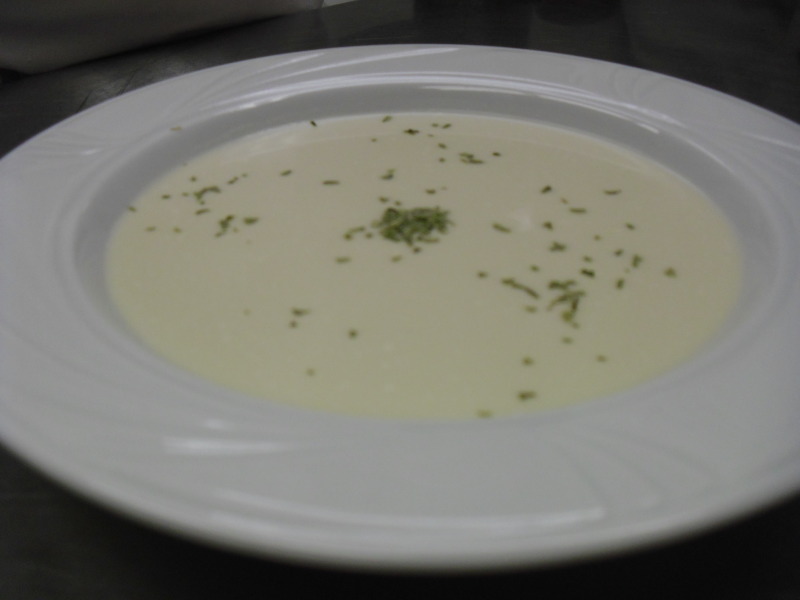Kudos to Houston writer/historian Robb Walsh!
I am elated that Houston's soon-to-be-opened Tex-Mex restaurant at the old Tower Theatre, El Real, has Walsh as a partner. He is a lover of Tex-Mex food and has done a big service to this regional cuisine by researching and documenting its evolution from ca.1700's. Kudos to him!! Especially since he's had the temerity to kindly and respectfully critique writers like Diana Kennedy who make Mexico the source and the frame of reference for Tex-Mex.
He is a lover of Tex-Mex food and has done a big service to this regional cuisine by researching and documenting its evolution from ca.1700's. Kudos to him!! Especially since he's had the temerity to kindly and respectfully critique writers like Diana Kennedy who make Mexico the source and the frame of reference for Tex-Mex.
With a new group of historians like David La Vere (Texas Indians, 2004) it's time now to look at the older, deeper roots of Tex-Mex. Walsh alludes to this need in his introduction to his Tex-Mex Cookbook , "Culinary folklorists now trace Tex-Mex cooking all the way back to the state's Native American peoples...."
We've been looking at Tex-Mex through a young lens that starts with Mexico and Texas, it's a European lens. That gives us a good view, but it's a partial view. It's partial because what we now separate as Southern Texas and Northern Mexico used to be one cohesive, well-traveled and communicated region.
Some scholars have called it the Coahuiltecan region. Perhaps authors of the 1970's would have been better served to forgoe the easy word "Tex-Mex" and choose a more accurate and descriptive one, Coahuiltecan cuisine.*
It is the Coahuiltecan region that gives rise to the cuisine that we now call Tex-Mex. It's flavor profile is characterized by chiles, open fire cooking, stews, small game, corn, beans, fish, shellfish, nopales and eventually wheat flour, milk products and pork.
Its palette derives from the southern and coastal Texas Indians.These Texas Indians eventually became the Mexican peasant class, the Mission Indians and so forth, but they (we) retained and evolved our identity through our food (all cultural identity is evolved and hybridized). Over time, with the birth of these two (Tex,Mex) republics, Texas Indians found themselves separated from their kin. The border crossed them, separated them -- they did not cross the border.
These early Texas Indians are the roots of what we now call Tex-Mex cuisine.
So again, Kudos to Walsh and to the effort that he started to get to a fuller history of our delicious and authentic Tex-Mex, Coahuiltecan, food. I can't wait to taste the food at El Real.
* Note: Although problematic, I use the term "Coahuiltecan" for the purpose of breaking away from the border-fixated term, Tex-Mex. The natives did not call themselves Coahuiltecans, since they were so many different peoples. It is researchers who used the term. But the term does give the region a defined place, keeping the river as a source of water and travel, not just a border. My intention is to preserve the food history of the region which predates, certainly does not exclude, the current geopolitical jurisdictions of Mexico and Texas.
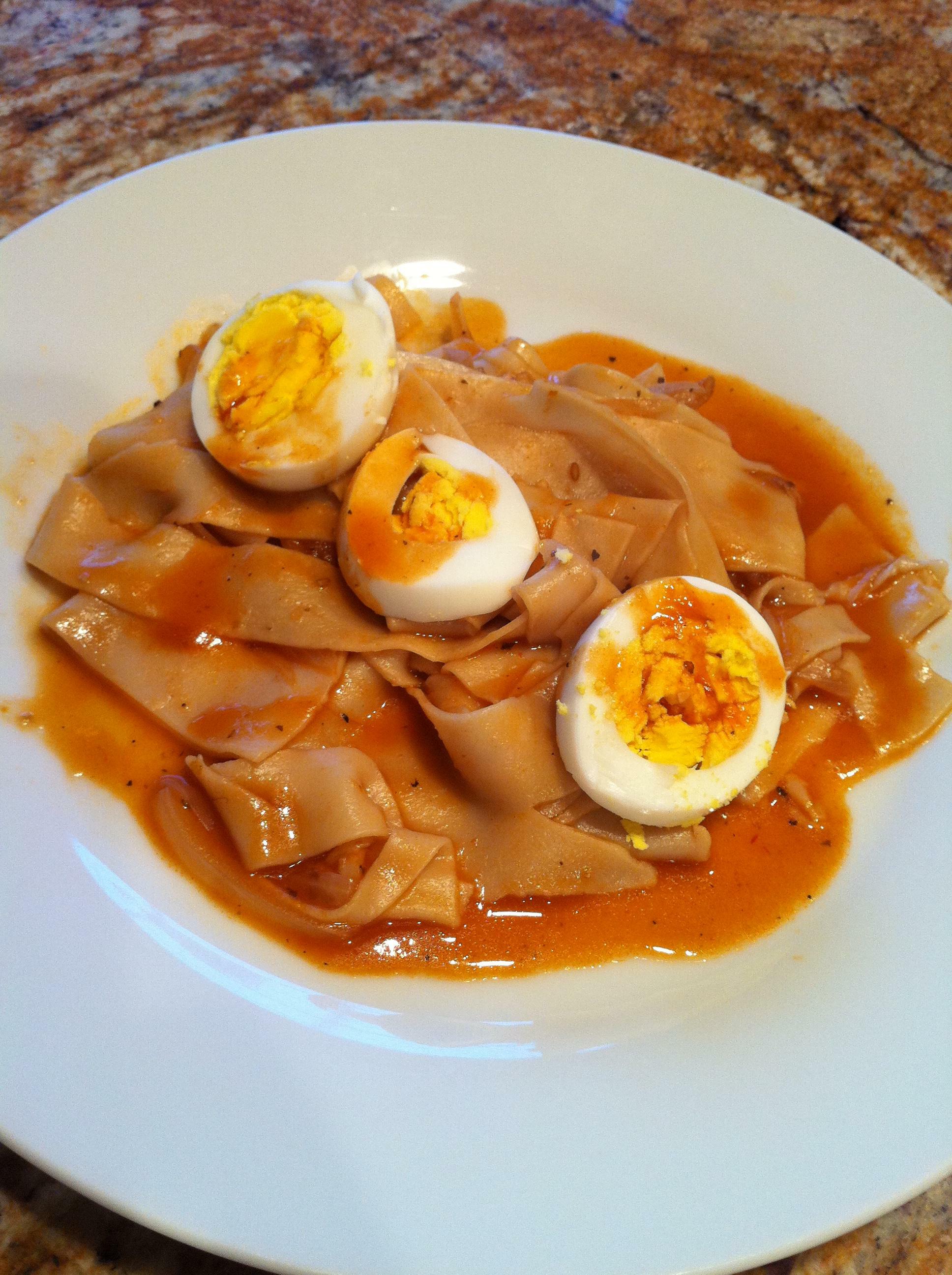

 I'm with Mark Twain who lambasted the Catholic church in his early years but later was more accepting and understanding yet cool. I like Mark Twain because he is said to have once proclaimed, "Too much of anything is bad, but too much champagne is just right."
I'm with Mark Twain who lambasted the Catholic church in his early years but later was more accepting and understanding yet cool. I like Mark Twain because he is said to have once proclaimed, "Too much of anything is bad, but too much champagne is just right."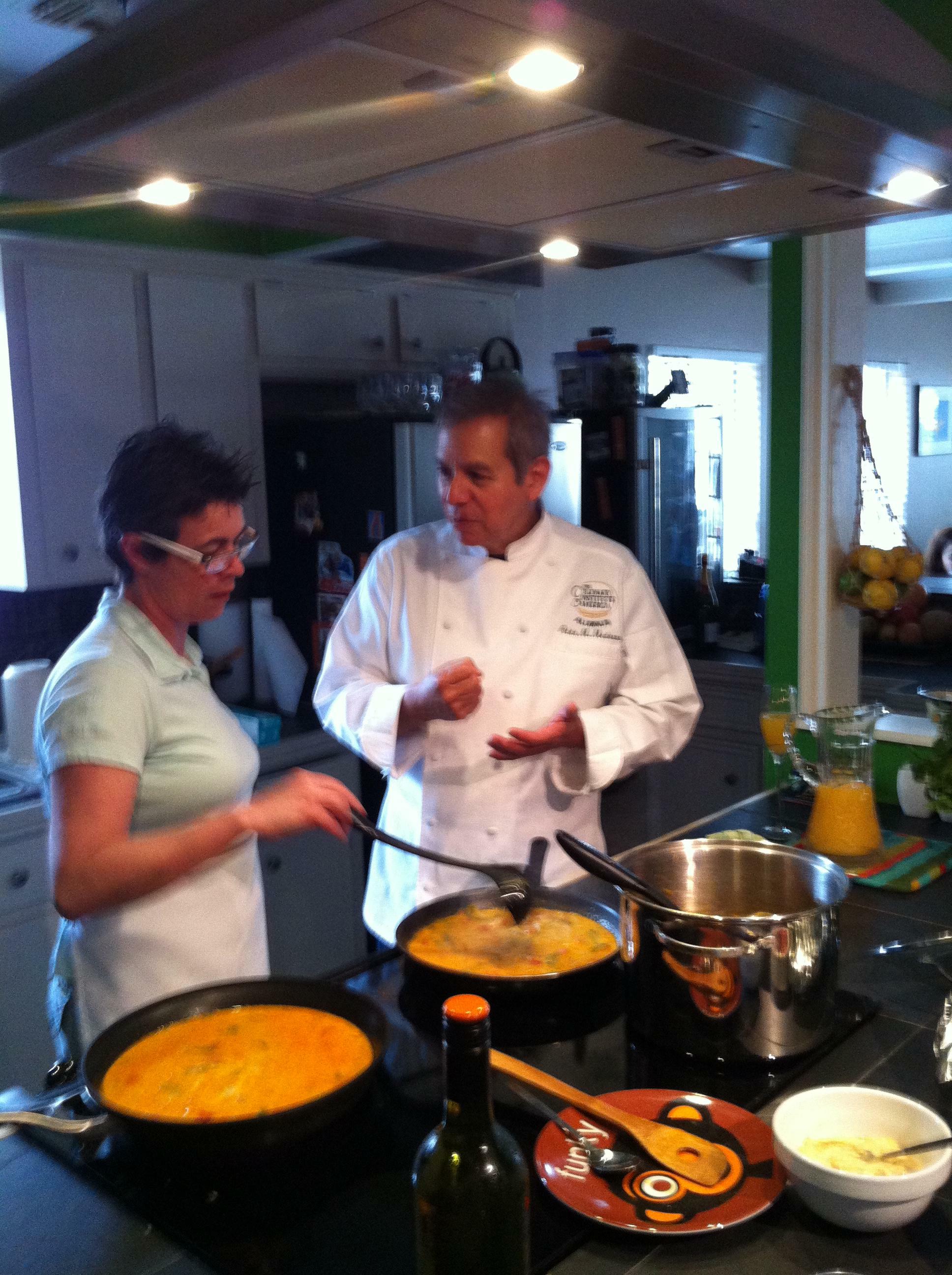 I have found that the best way to learn is to cook and eat with friends who have enjoyed the food all their lives.
I have found that the best way to learn is to cook and eat with friends who have enjoyed the food all their lives.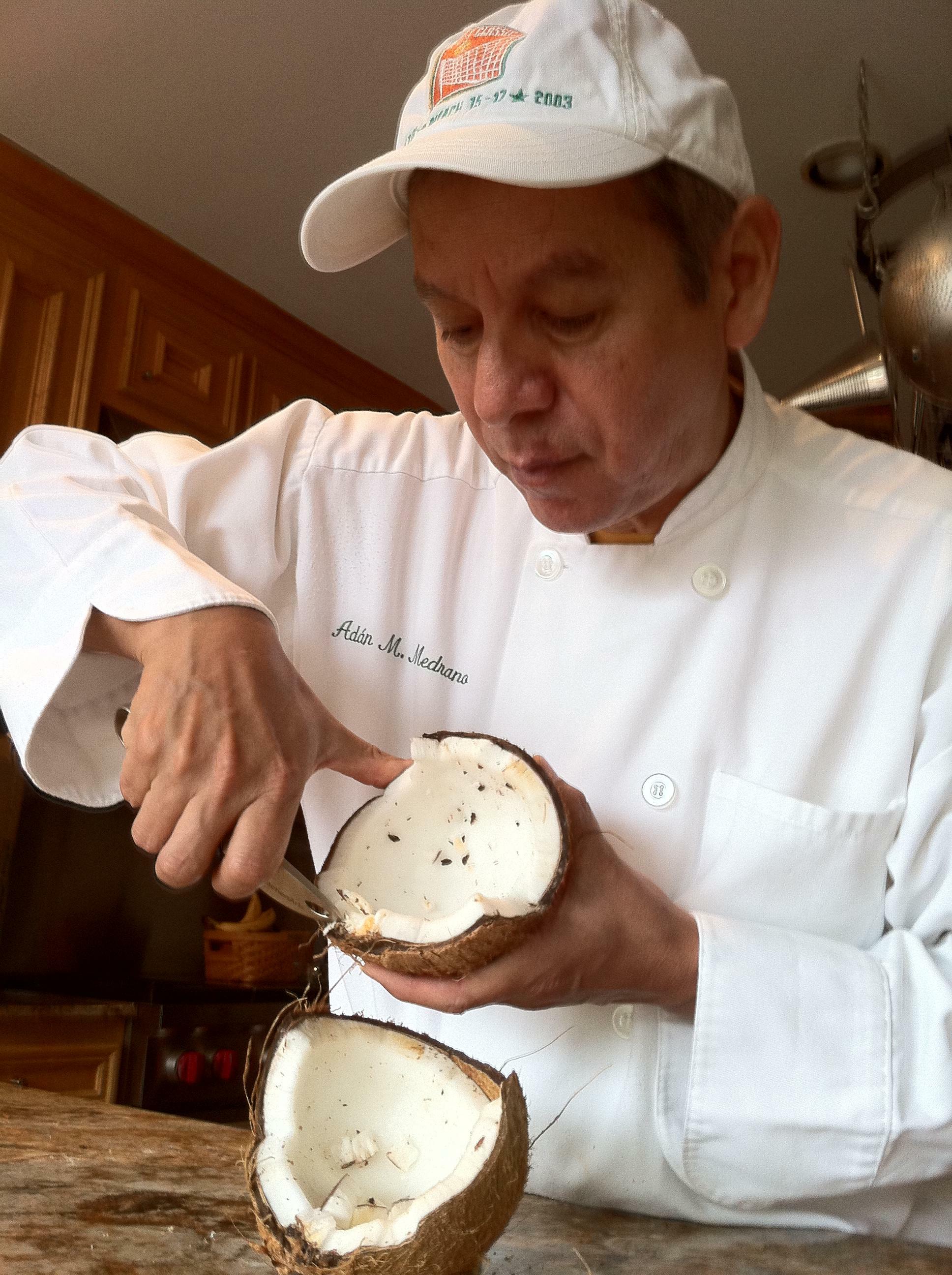
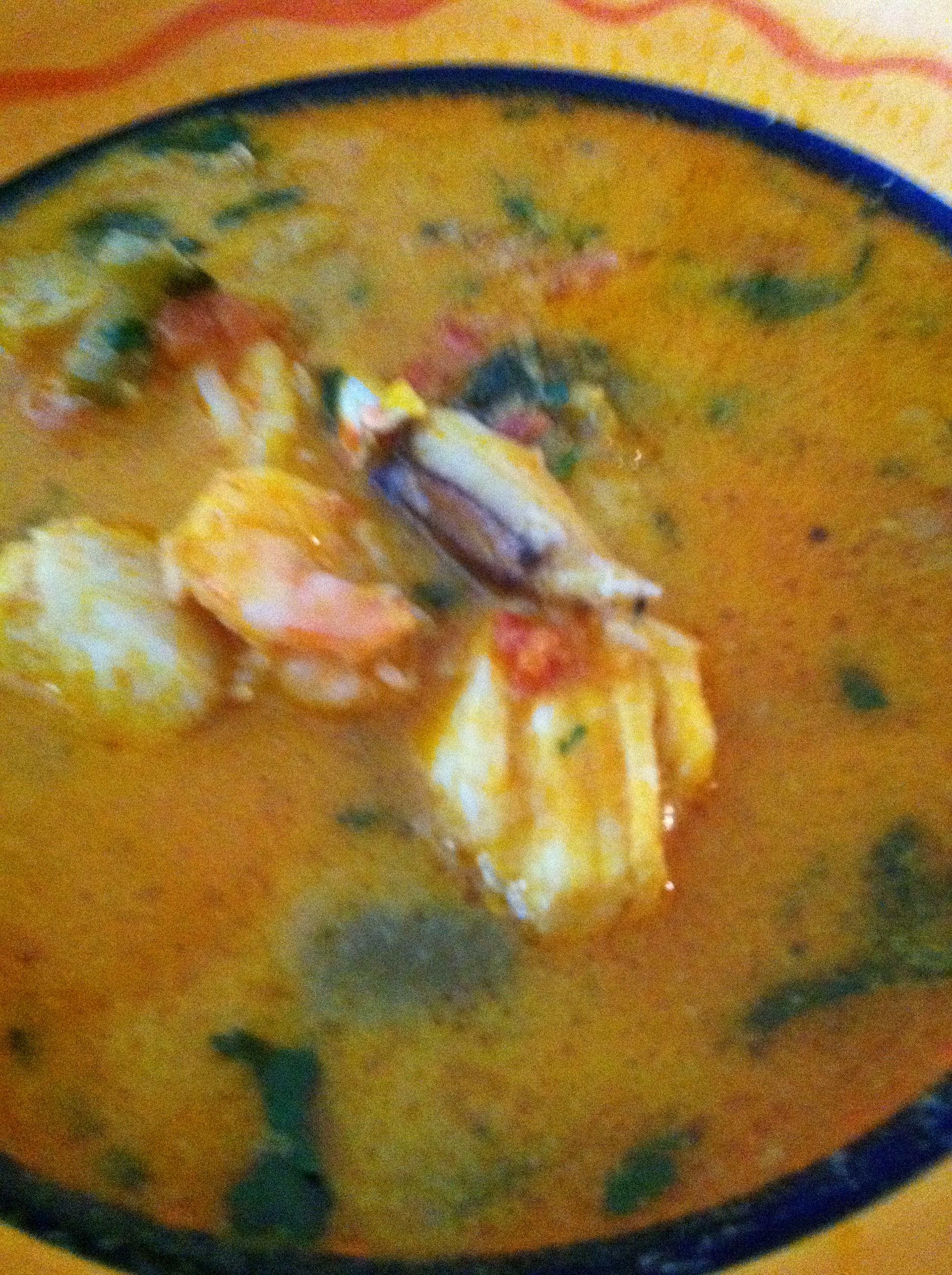 Once the vegetables are soft, add the coconut milk. Simmer gently for 1 hour, a bit longer is ok, so the flavors develop fully and the broth is reduced.
Once the vegetables are soft, add the coconut milk. Simmer gently for 1 hour, a bit longer is ok, so the flavors develop fully and the broth is reduced. He is a lover of Tex-Mex food and has done a big service to this regional cuisine by researching and documenting its evolution from ca.1700's. Kudos to him!! Especially since he's had the temerity to kindly and respectfully critique writers like Diana Kennedy who make Mexico the source and the frame of reference for Tex-Mex.
He is a lover of Tex-Mex food and has done a big service to this regional cuisine by researching and documenting its evolution from ca.1700's. Kudos to him!! Especially since he's had the temerity to kindly and respectfully critique writers like Diana Kennedy who make Mexico the source and the frame of reference for Tex-Mex. 